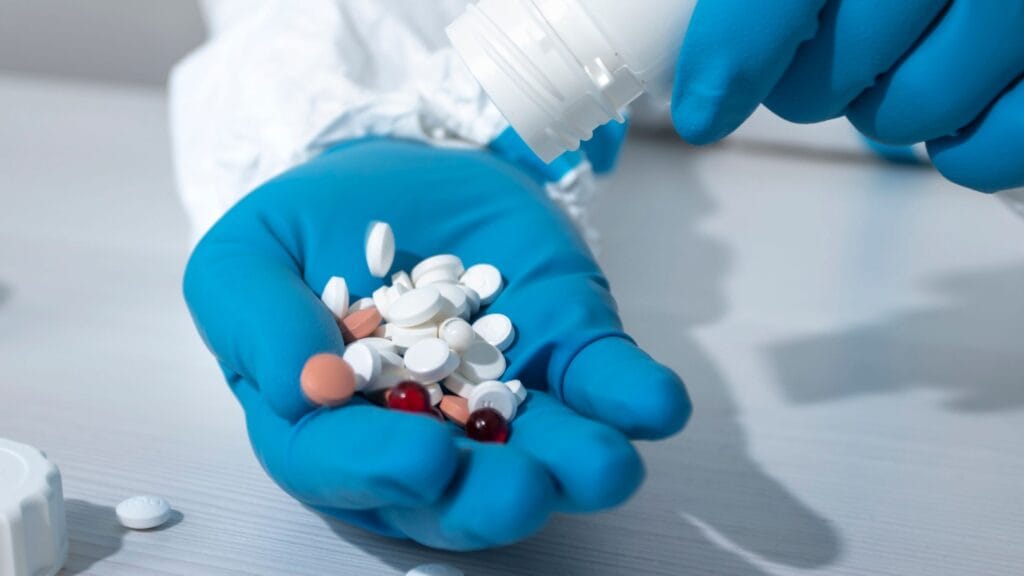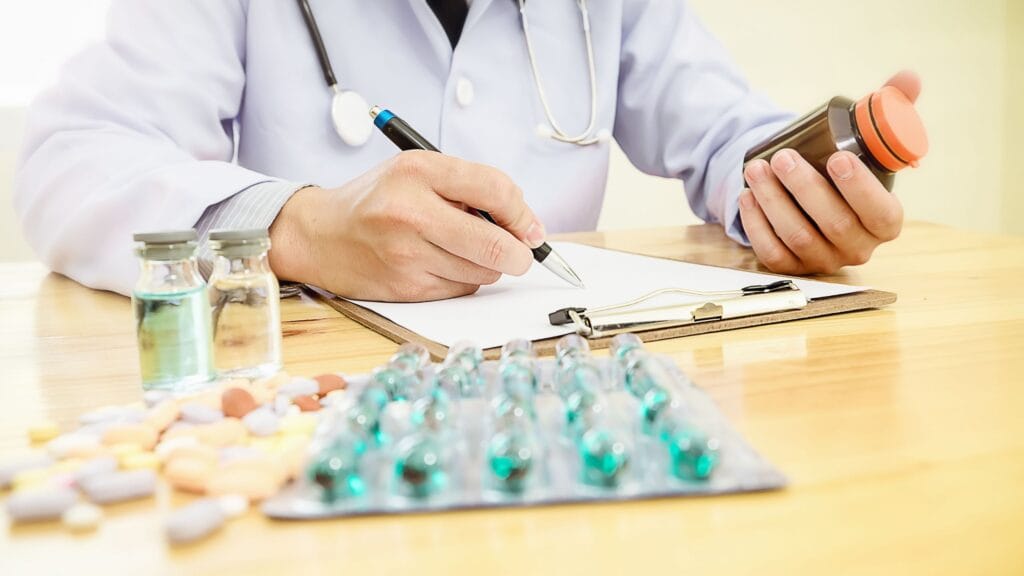Introduction
Aclofenac and paracetamol tablets are the key; they are used for the removal of pain and managing the inflammation. In this article, you get a piece of clear information related to this topic, Aceclofenac and Paracetamol Tablet Uses, precautions you need to take while using. Every tablet has the specific characters that play a major role in the purpose of curing he infected person. Many of them are due to require. Without knowing the complete details about the use of tablets, many of them are using regular harmful tablets. There are particular rules and regulations for using the tablets. As per those suggestions, the person who cured faster feels relaxed.
What is meant by Aceclofenac and Paracetamol?
These are tablets formed by the combination of a non-steroidal anti-inflammatory drug in the acelefenac tablet. whereas the pain reliever antipyretic ingredients are used in the formation of the paracetamol tablet. It was also known as acetaminophen. These are mainly used to give relaxation to patients and cure the cause of severe pain, and reduce the presence of inflammation. The patient gets an instant cure after use of this drug and is able to continue his work. Sometimes to heavy work and pressure, many of them get ill and sick. At times, these tablets are given to give strength and increase the blood levels.

Benefits of Aceclofenac and Paracetamol tablets
- Reduction of the fever –Due to the presence of several harmful substances inside the body, the person feels feverish in certain conditions. Sometimes, due to a cold and cough automatically the fever levels increase automatically without any signals. These Aceclofenac and Paracetamol are used in the reduction of fever, which consists of anti-pyretic properties. These are useful to decrease the percentage of humidity and stress levels.
- pain relief – Due to work and pressure, many people feel that effective pain and feel sick. At times, Aceclofenac and Paracetamol are used for excessive pain relief, which gives instant energy to continue the stopped work. The body gets sufficient energy and increases the pH levels to move forward
- Feel convenient – The person who was suffering from stress and dullness, due to the inconvenient bodily conditions, gets disturbed. These Aceclofenac and Paracetamol are used to make the person feel convenient and comfortable. The conversations can be started, and the body feels very active in a manner.
- Inflammatory effects – Mainly in older persons, the swelling can be noticed due to several factors. These Aceclofenac and Paracetamol tablets are used to reduce the swelling and, for instance, treat those who are suffering from this disorder. Even the damaged part of the body gets swollen; at times, these are the tablets used to cure it.
Side effects of Aceclofenac and Paracetamol
- Allergic reactions – generally over usage of any type of tablet may lead to severe cause as the formation of allergic reactions. It gives a place in the formation of harmful aspects like antigens, which affect the human body. At certain times, the allergies can not be cured due to overuse.
- gastrointestinal issues – it also causes several symptoms, such as stomach upset and other symptoms like nausea, and severe vomiting. The person feels more uncomfortable, and the food we eat can not be digested properly. So you need to be aware by using over overuse of these tablets.
- Liver damage – these days, many of them are facing liver problems, one of the main causes is using the tablets in an irregular period. The liver gets severely affected due to river use, and sometimes due to the absence of liver functions, the person may go unconscious and lead to death.

Other harmful aspects
Usually, the side effects are caused due to overusing tablets and improper manner. Due to this, the person feels down and has heartburn sensations. The body is not comfortable and feels fatigued and down. thee a digestive problem in which the gas is formed and the body parts feel more tightened. Also, the patient feels abdominal pain, which is very hard to recover from and get out of the problem. It is very difficult to treat and come out of the physical symptoms. Overdose may lead to severe headache and a feeling that something is loose as to as a usual lifestyle.
There are also several causes related to urinary infections in which the output source is unstable. Also, the mouth gets affected like mouth ulcers in which over heat was caused by more usage of drug use. The skin gets irritated, and skin rashes are formed due to overdosing on medicine. The body composition was completely out of bounds, in stability was lost by a person. It takes a lot of time to recover from these causes and prevent the infections which is caused due to over usage medicines on the human body.
Aceclofenac and Paracetamol comparison
The composition of the acelofenac and paracetamol is used to reduce the pain present in the body. It used to work effectively on the parts of arthritis and also spondylitis. Several symptoms, are as severe throat pain and abdominal pain, can be cured easily by the intake of this medicine. There are also some side effects of taking it regularly without any health problems. It can be estimated as mouth ulcer, fatigue, and allergies formed by skin reactions, abdominal pain, cloudy urine, and bloody urine. which are related to the presence of the drugs, are Aceclofenac and Paracetamol.

The composition of paracetamol 650 mg is used to reduce the fever and pain and help alleviate some of the problems. These are also used to reduce the toothaches and headaches, etc, caused by work pressure. It is also used to cure the cold in a few days, and in many cases, they are used with the given precautions. As per uses, there are also side effects, are as fatigue, malaise, drowsiness and dixineess, constipation. To prevent these harmful aspects, the particular conditions need to be followed, which are beneficial and necessary.
Used as a painkiller
Aceclofenac and Paracetamol are used to relieve the pain and tightness present in the body. As many tablets are used by people which some of them does not give any solution related to the disease. By using this medicine after some time, the result comes out as an output. The person needs to be very patient until the dosage of the tablets works in the body. Sometimes, due to a high amount, many of them use these tablets without any knowledge or proper precautions. Mainly at times, the patient goes to the harmful cause, and the suffering is very severe.
conclusion
At the end of this article, you get a piece of proper information about the complete related details of Aceclofenac and Paracetamol uses and side effects. So, try to follow the given precautions to get a better result and healthy person. Do not try new processes that harm, and sometimes they can lead to the death of a patient. The doctor’s prescription and consultation were compulsory while using any type of medicine. By their words, the diseases can be cured quickly in a safe way. The healthy diet plan with nutrient-rich food helps to come out from health problems. The patient gets a better result. In which some of the medicines take some time to give a better result and protection to the body.

